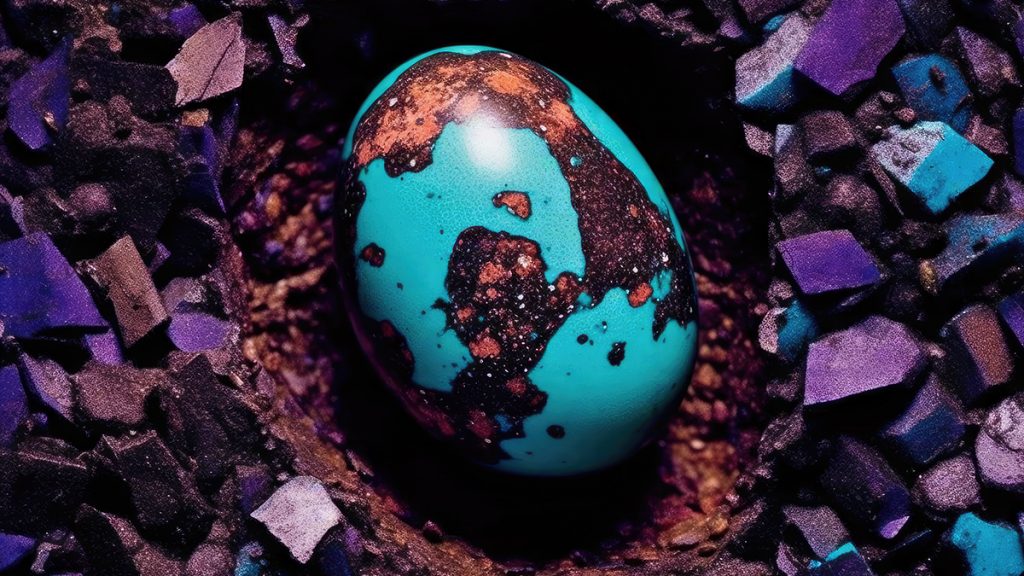This article provides an in-depth analysis of a crucial discovery made during ThemeWorlder’s exploration of the Isle of Talos – the eggs of the legendary Arcadian creature, the Cyclopee. The discussion explores the impact of the discovery on our understanding of Arcadian culture and the implications of these findings within broader societal, historical, and cultural contexts. Future avenues of exploration based on these discoveries are also considered.
The Arcadian world was a complex ecosystem of diverse species, many of which are well-documented in the annals of Arcadian lore. However, the origins of some creatures remain shrouded in mystery, sparking ongoing debate among scholars. Among these is the Cyclopee, a creature reputedly known for laying eggs of extraordinary density. The groundbreaking findings relating to this creature and its eggs deepen our understanding of Arcadian culture and the potential implications of these discoveries in the ancient Arcadian world.
Recently, ThemeWorlder unearthed a substantial rock-like mass while exploring the depths of Lake Mendota on the Isle of Talos. This ancient specimen, differentiated by its dark purple and turquoise spots, unusually rounded form, and unique density, was subjected to rigorous testing within the LX1 rover’s biophilic incubation chamber. Weeks of testing led us to an unexpected revelation–-the mass was an egg containing mummified Cyclopee remains.
These findings align with earlier discoveries made by Ferdinand Gotay, an Arcadian archaeologist, who first identified the Cyclopee eggs in 1980 LCE. According to the evidence found in the realm, these egg fragments were composed of an unknown ore, which remains a scientific enigma, despite extensive research. The presence of this dense, glow-emitting ore within the eggs not only substantiated ancient Arcadian legends about the Cyclopee but also opened up potential avenues for innovative industrial and scientific applications. This discovery in Arcadia distinctly illustrates the intellectual prowess and inherent curiosity exhibited by the Ancient Arcadians. This striking similarity mirrors the attributes found in contemporary human societies. The Ancient Arcadians’ active exploration and profound interest in understanding their surroundings testify to their intellectual depth, much akin to humanity’s perpetual quest for knowledge and comprehension of our world. This shared pursuit of discovery and understanding underscores an intriguing commonality between the Ancient Arcadians and modern humans, suggesting an enduring facet of intelligent life.
The ore discovered within the Cyclopee eggs distinguished itself in an extraordinary manner due to its exceptional strength and resilience. Its unparalleled features set this dense ore apart from all other known substances. Its strength boasted a degree of durability that had remarkable practical applications. These ranged from the creation of exquisite jewelry to the refinement of other minerals, and significantly, in the construction of vital infrastructure. Roads and buildings constructed from this ore demonstrate impressive durability, enduring the test of time with remarkable fortitude. Further investigations by NeoWorlder’s researchers on the Isle of Talos lent additional confirmation to the superior robustness of this unique ore. The newer-looking buildings, displaying extraordinary resilience, bore evidence of the use of this ore, underscoring the fact that this substance was the secret behind the formidable structures. This reiterates the remarkable strength and durability of the Cyclopee egg ore.
Several aspects of the Cyclopee remain elusive, including its origins and characteristics. This presents an exciting frontier for future research to delve into the mysteries of this creature and the properties of the enigmatic ore. The deeper understanding of Arcadian culture achieved through these discoveries also prompts further inquiry into how this knowledge could potentially impact and inform modern societies.
The discovery of the Cyclopee eggs represents a significant juncture in our understanding of Arcadian culture and its potential implications on contemporary human societies. The interdisciplinary approach amalgamating mythology, archaeology, and material science could serve as a blueprint for future research in similar contexts, thus encouraging a more nuanced understanding of ancient cultures and their lasting legacies.
Read More: The Illicit Trade Networks of the Port of Cambridge



